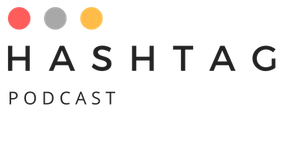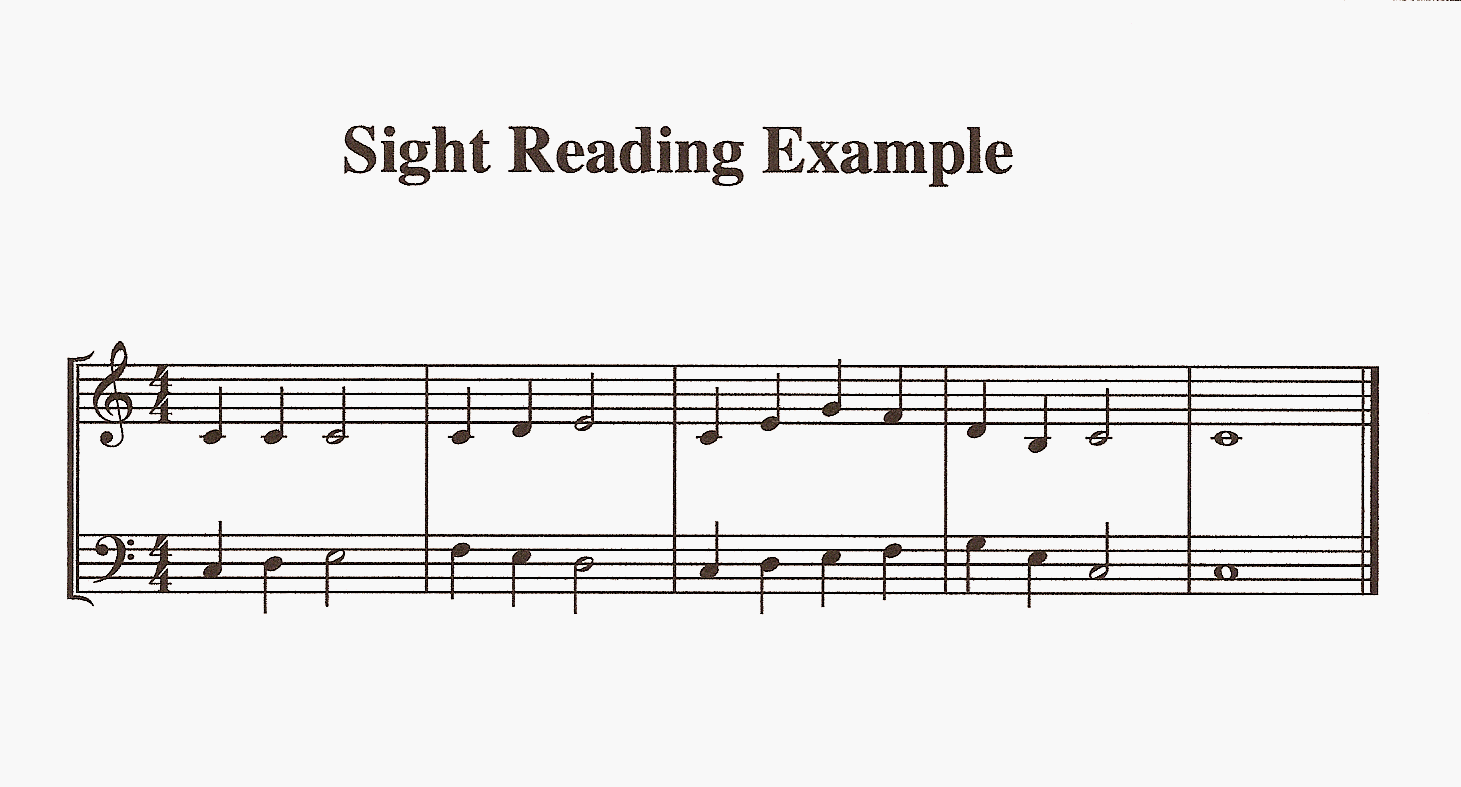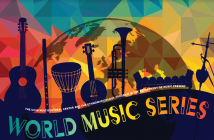Sight-reading is an important skill for any musician. The better you can sight-read, the less time you need to spend rehearsing. There are also more opportunities for musicians who are better at sight-reading, such as recording sessions, dinner music, and accompanying singers. Sight-reading skills come with time and experience, but there are also ways to practice sight-reading so that you can become better at it.
To get started on improving your sight reading skills, you will need to get as many different pieces of unfamiliar music as you can, and gudang lagu can help you in that. It doesn’t matter if the music is new or old, just try to get as many different styles and keys as you can find. Garage sales and used book stores are great places to find inexpensive sheet music. You can also find free downloads online if you take the time to Google and print.
Pick a piece of music to begin sight reading – just choose whatever interests you at the moment. It can be short, long, fast, slow – it does not matter. Look over the piece and think about it. Ask yourself the following questions: What style should the piece be played in? Is it jazz, classical, gospel, etc.? What did the composer attend to accomplish in this piece? If there are any notes written by the composer, make sure you read them, too. Then look at the key signature and time signature. Look through the entire piece, making a mental note of any key or time signature changes, any accidentals, repeats, codas, and phrasing. See if there is anything else of musical importance.
Now you are ready to play! The key to practicing sight-reading is to go slow! Take your time and do not rush or try to play the piece up to speed. Play the piece at a slow enough tempo that you can play it perfectly and in tempo with a steady beat, while reading slightly ahead as you play. Reading ahead is a very important part of sight-reading. It may feel awkward at first, but you will get used to it. In the beginning, you will probably be playing painfully slow. That is expected and just fine! As you continue to practice your sight reading, you will begin to be able to sight-read faster and faster. Eventually, you will be able to sight-read at tempo.
You will get the best results from your music sight-reading practice if you try playing several pieces of music every day. Remember to play a variety of music, read ahead as you play and most of all, go slow!





